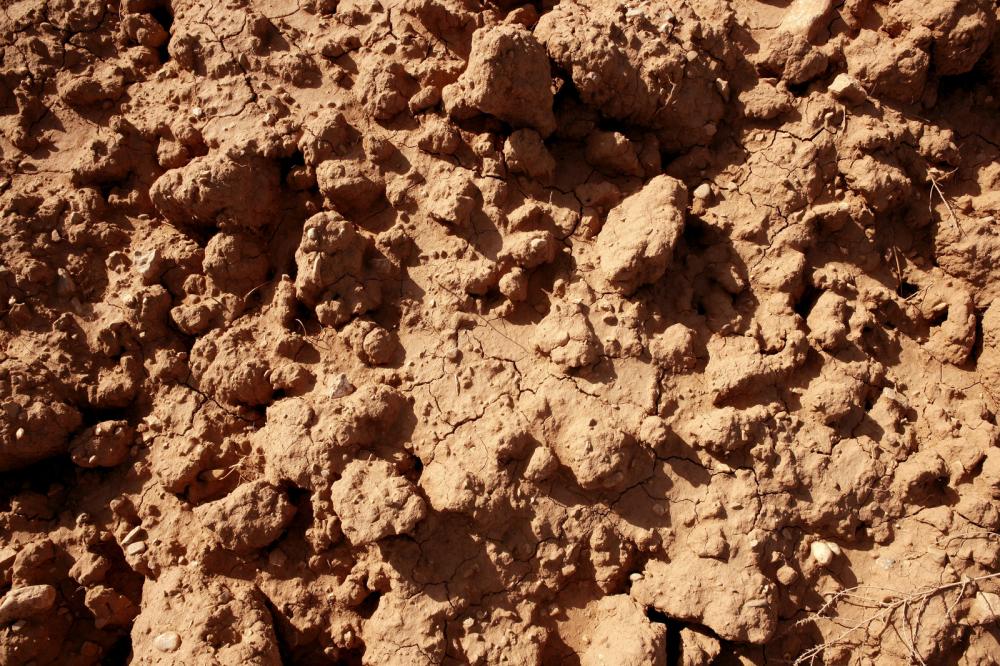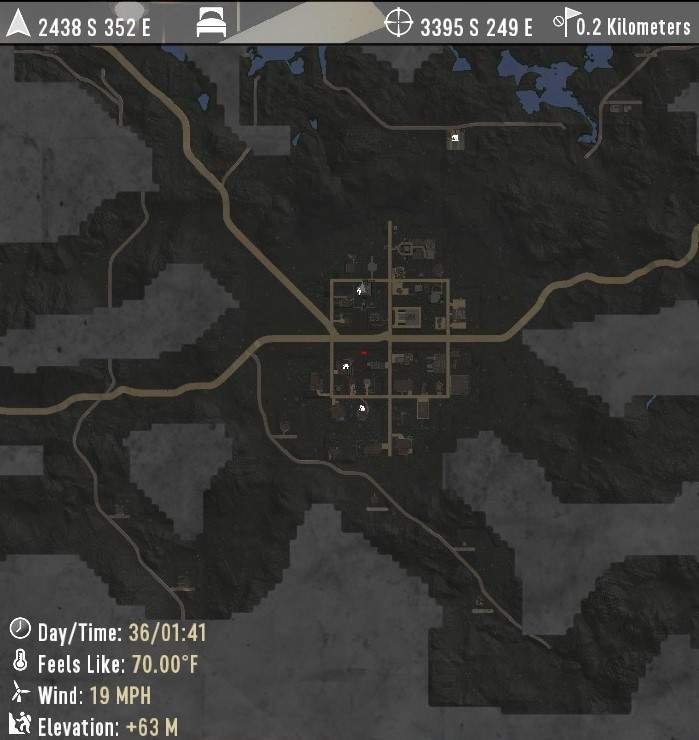

Clay-based soils hold water better than sandy soils and therefore won’t need to be watered as often. Keep in mind that soil type plays a part in how quickly it dries out.

Adding organic matter like compost or aged manure to the bed before planting can also improve the water holding capacity of the soil. I also apply a 2 to 3 inch layer of straw mulch between rows of bush beans and at the base of pole beans to hold soil moisture and reduce how often I need to irrigate. It’s essential to deep water in dry weather. A lack of water means nutrients can’t move through the soil and into your plants, triggering yellowing leaves. 3) Water stress can cause bean leaves to turn yellowīean plants have relatively shallow roots and need a steady supply of moisture to grow and crop well. To help overwatered soil dry out, pull back any mulch you’ve placed around the plants. If it’s dry 2 inches down, grab your hose. To gauge soil moisture, stick a finger into the soil at the base of the plants. It’s best to base watering on need, not on a schedule. There’s not much you can about the weather, but if overwatering is the issue, cut back on how often you water. If you spot yellowing leaves on your bean plants consider whether the weather has been wet or if you’ve been watering too much. The first indication of root rot is typically yellowing leaves. Excessive moisture from frequent rains or overwatering can cause root rot. Too much water in a vegetable garden can be as bad – if not worse – than too little water. 2) Excess water can result in yellowing bean leaves Too much or too little water, lack of nutrients, or common plant diseases can result in yellowing foliage. There are many reasons for green bean leaves turning yellow. There’s not much you can do in mid-summer if bean leaves are yellowing due to shading, but I would suggest looking for a sunnier spot to grow beans in subsequent years. These leaves are older and often more shaded than the new growth at the tops of the plants. Yellowing leaves due to a lack of light is most common on foliage at the bottom of the plants.
#7 days to die clay from clay soil full#
They can take 4 to 6 hours of light, but won’t produce as well as they would in full sun. Beans grow best when planted in a site that receives 8 to 10 hours of direct light each day. Yellowing leaves on bean plants can be the result of insufficient light. 1) Lack of sunlight can cause yellow leaves Here are 8 potential causes of yellow leaves on bush and pole beans. It may be a natural progression of the growing season or it may indicate a problem with the soil or plants.

Reasons for green bean leaves turning yellowīeans are one of the easiest vegetables to grow, but it’s not uncommon to see leaves on bean plants turning yellow. There are varieties that yield yellow, purple, red, or even bi-colored pods, making it easy to grow a rainbow of beans in your vegetable garden. Snap beans don’t just produce green pods. Bush beans form compact plants and pole beans vining plants that can grow 8 to 10 feet long and should be supported on a trellis or other vertical climbing structure. There are two main types of beans, bush and pole. Snap beans, also known as green beans or string beans, are a warm season vegetable and planted in late spring once the risk of frost has passed. Bush beans grow compact, but pole varieties grow 8 to 10 feet tall and need the support of a trellis or other vertical structure. Below you’ll learn 7 reasons for green bean leaves turning yellow and what you can do to promote healthy growth from your bush and pole bean plants.īeans can be bush or pole types. There are many potential reasons for yellowing leaves including drought, infertile soil, inadequate light, and plant diseases like blight.

That said, it’s not uncommon to see green bean leaves turning yellow. They thrive in garden beds and containers reliably producing a heavy crop of tender pods. Snap beans are one of the joys of the summer vegetable garden and one of the easiest crops to grow.


 0 kommentar(er)
0 kommentar(er)
